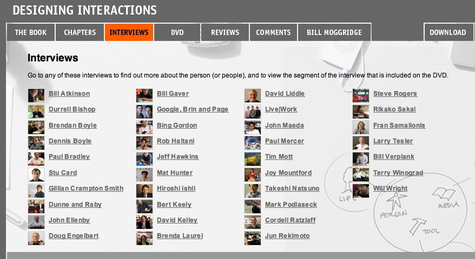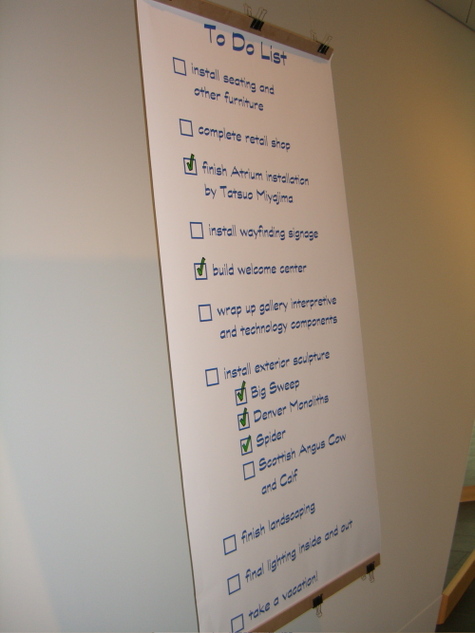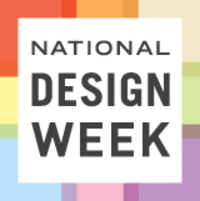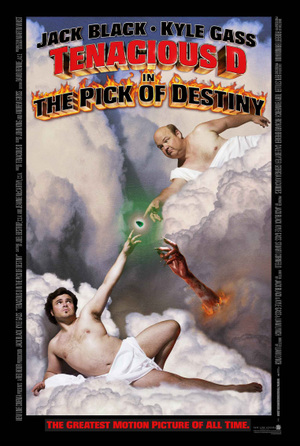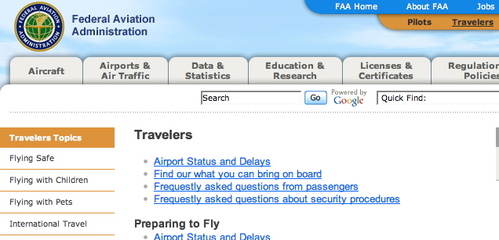Here’s some spectacularly neato design thinking stuff to take a look at. Definitely worth spending more than a few hours on, with the added bonus that it’s all in video and podcast form. If you’re anything like me, and your eyes hurt from reading so much, it’s a pleasure to be able to sit back, relax, and imbibe words of wisdom from great design thinkers the world round.
- My colleague Bill Moggridge of IDEO is coming out with a wonderful book called Designing Interactions. I suggest you buy it! It’s on my Xmas list. But also take some time to watch Bill’s video interviews with an amazing group of design thinkers (for free) on the companion website to the book. There are a bunch of my pals from IDEO on there, and also a blogger friend in the form of John Maeda, and a Stanford d.school colleague in Terry Winograd, and many other interesting people. Fantastic.
- One the great things about teaching is that you get to hang out with people who remind you how much you can really get done in life when you stop worrying about doing it and just do it. These people are called students. Perhaps you know some. I’ve been happy in the past year to get to know Matt Wyndowe, a student at the Stanford Graduate School of Business who was part of the Creating Infectious Action class I taught this past Spring. Matt and his classmate Julio Vasconcellos are building an impressive collection of podcasts on the subject of innovation called, quite appropriately, iinnovate. There you’ll find podcasts with such luminaries as Mike Ramsay, David Kelley, and Andy Rachleff. And remember, these guys are full time grad students, which has to be the equivalent of having at least three "real" jobs, even if they do go play golf on Wednesdays.
Enjoy!

